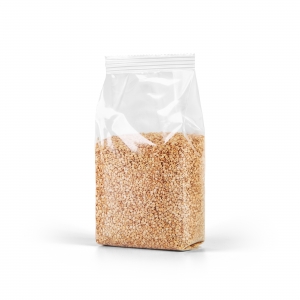Saying Less, Getting More
From the time an entrepreneur is introduced to the time one of the sharks says “I’m out” (on the TV show “Shark Tank”), it is almost always three minutes, writes Brant Pinvidic in The 3 Minute Rule. If you can’t distill a sales presentation down to three minutes or less, the listeners will begin to make their decision without all the pertinent information, he cautions.
Ironically, what we’ve learned at Say It For You, saying less actually translates into more work and more prior thought in creating content that has a razor-sharp focus on just one story, one idea, one aspect of a business or practice. At the same time, each article or post should have three examples or details supporting the main idea.
Short is not easy, USA Today founder Al Neuharth liked to say. “It takes longer to keep things short.” Yet being short and to the point is the most important thing to keep in mind, he wrote. For content marketers, I offer advice that’s a compromise – make blog posts as long as they need to be to get the point across, but not a single sentence longer. At the same time, our content needs to be personal and conversational rather than terse.
The number “three” in the 3-minute rule is significant in another sense. Since we tend to process information using patterns, threesomes (think “stop, look, and listen” or “the good, the bad, and the ugly”, or “I came, I saw, I conquered”) not only make titles more memorable, but are a good model for organizing ideas within an article.
Among writing mistakes, K.M. Weiland admits, one of the most common is simply over-explaining. We distrust our ability to explain things well enough the first time around, she says, so we stick in more content just to make sure readers get the point. Don’t, is Weiland’s advice.
Of course, we freelance content writers have to overcome the challenge of the short attention span of online searchers (if we say more, we literally stand to “get less” across!) At the same time, in our efforts to make our marketing content personal, we need to be short AND sweet!
Over the years of creating content for a variety of clients, I’ve arrived at a 3-part standard of sorts for considering ourselves “done” composing a post:
- We’ve covered one aspect of a topic in some depth.
- We’ve offered value in terms of advice or information.
- We’ve offered a visual to complement or symbolize the main point.
- We’ve verified our research and facts and properly attributed quoted content to its author.
Whether you’re pitching a project on Shark Tank or composing marketing content, saying less can mean getting more!






Follow us online!